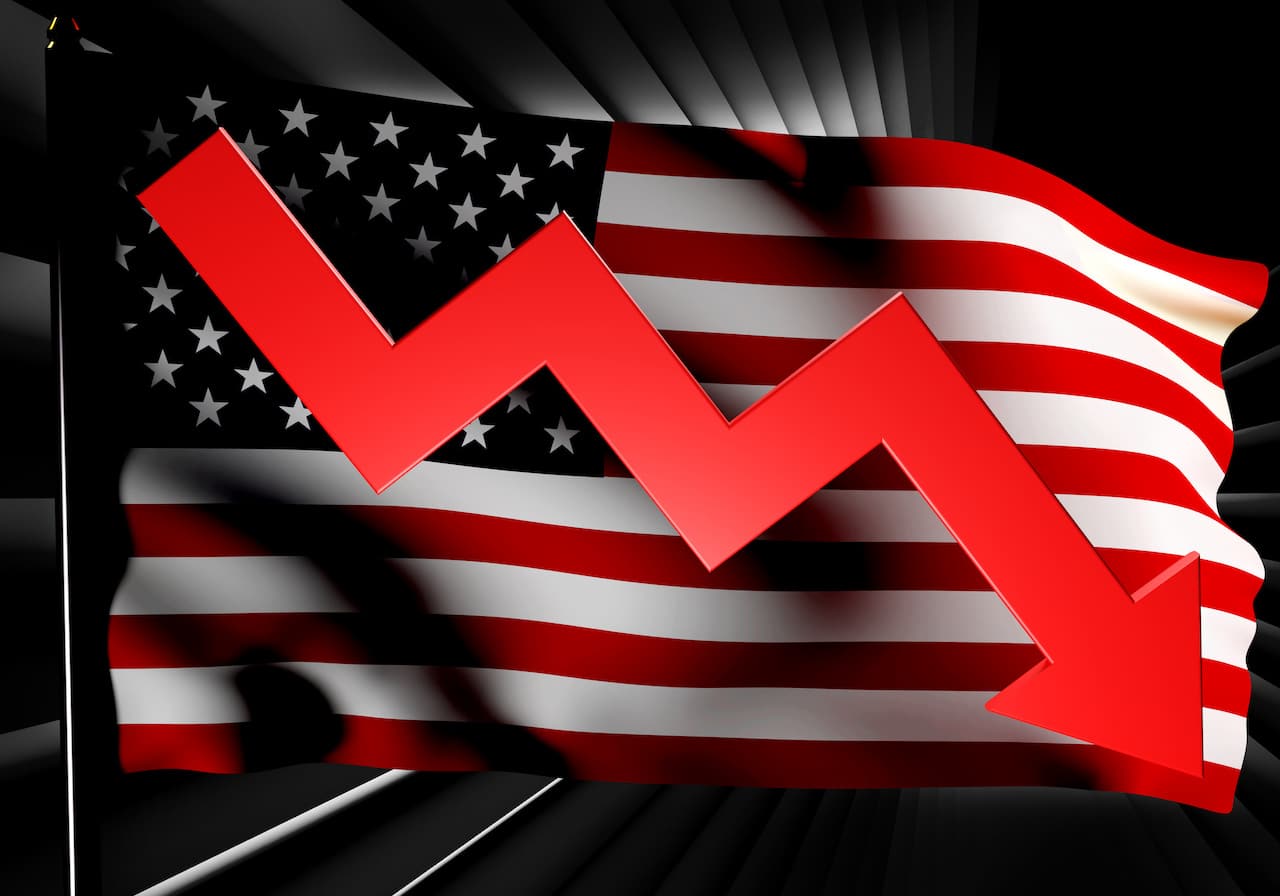Credit Sesame explains why the pain of higher interest rates is a necessary evil to combat inflation.
It’s not easy being Chairman of the Federal Reserve. On Friday, August 26 Fed Chair Jerome Powell gave a speech. That day, the Dow Jones Industrial Average tanked by 1,000 points. The stock slump continued into the next week.
In his speech, Powell reiterated the Fed’s commitment to moving inflation back toward a target of 2%. That may not sound like a big deal, but Powell elaborated by saying that higher interest rates would “bring some pain to households and businesses.”
And with that, stockbrokers everywhere yelled “sell!”
Powell’s comments and the Wall Street reaction provide some insights into the Fed’s interest rate policy and how it affects investments.
Higher interest rates and Powell’s comment
Powell’s speech was part of an economic policy symposium in Jackson Hole, Wyoming. That may sound like it would be a pretty under-the-radar event under normal circumstances, but these are not normal circumstances.
Inflation this year has been running at 40-year highs. Meanwhile, higher interest rates are threatening to stifle economic growth. One thing those two problems have in common is the Fed.
The Fed has been steadily raising interest rates in an effort to fight inflation. Their goal is to raise borrowing costs to a level that cools off inflationary demand. They hope to do that without tipping the economy into recession.
With so much at stake, investors (not to mention politicians and the media) are hanging on the Fed Chair’s every word.
Knowing this, why would Powell give a speech that upset the financial markets so much?
Ironically, he probably did it to avoid upsetting investors. Transparency has been a big theme of the Fed over the past decade. The idea is that instead of causing market shocks when the Fed announces its interest rate decisions, it is consistently open about its policy direction in its forecasts and commentary so people can expect what’s coming.
Theoretically, this makes interest rate changes less of a blunt instrument to use as a monetary policy tool. Rather than financial markets reacting all at once after the Fed meets every six weeks or so, they can gradually adjust to interest rate changes that the Fed has helped them anticipate.
Powell’s comments are consistent with transparency. He may have thought reiterating the Fed’s course towards higher interest rates was timely because markets were starting to act as though the inflation threat was over. A couple of influential economic reports even indicated that consumer prices fell during July.
All Powell did was remind them that one month was not enough to mark the end of a trend that had seen prices rise sharply for over year. His comments did not mark any change in policy. He merely restated the policy the Fed has been implementing throughout this year.
Why did investors react the way they did?
A 1,000-point drop in the stock market is a significant change in response to no change in a well-established policy. So why did the market freak out?
Maybe it was the word “pain.” That’s probably not a word anyone wants to hear from the world’s most influential monetary policy maker. The use of such a harsh word underscored Powell’s determination not to shrink from using continued rate hikes to fight inflation, even if it hurts economic growth.
He may have wanted to give the markets a dose of reality. Declines in the Consumer Price Index and the Personal Consumption Expenditure Price Index had led to speculation that the Fed would slow its rate hikes. There was even some talk of the Fed reversing course and starting to lower rates.
Much of this speculation was nothing more than wishful thinking. Over the past couple years, inflation got far ahead of Fed policy. Despite this year’s rate hikes, Fed rates are running much further below inflation than normal. The Fed is playing catch up, and still has a long way to go.
When interest rates are low, it raises the relative value of company earnings. When rates rise, those value fall. That’s why stocks have had such a bad year so far in 2022, and that’s why Powell’s reminder that more rate hikes are on the way upset the market.
Why the Fed isn’t the real problem
To some extent, this makes the Fed look like the villain. They’re not.
The Fed’s job would be a lot easier if they didn’t have to raise rates. Unfortunately, inflation is forcing their hand. Raising rates is necessary to combat inflation. In Powell’s ill-fated speech, after warning of the pain that higher interest rates could bring, Powell went on to point out that “a failure to restore price stability would mean far greater pain.”
That’s the real issue. The Consumer Price Index (CPI) has risen by nearly 13% since the beginning of 2021. Households are struggling to adjust to sharply higher prices. This will get worse if nothing is done about inflation.
Not only does the Fed need to raise interest rates to try to cool down inflation, but some rates react to inflation regardless of what the Fed does.
The Fed has raised its short-term interest rate by 2.25% so far this year. Both short-term T-bill yields and 30-year mortgage rates have risen by more than that in a natural market response to higher interet rates.
In other words, regardless of what the Fed has done, it would cost more to borrow because lenders charge higher interest rates when inflation is high. By raising its rates to fight inflation, the Fed is trying to get at the root of the problem.
What to look for next
The next Fed meeting is on September 20 and 21. That meeting is important in terms of revealing the Fed’s next interest rate move, but an even more development is set to happen on September 13. That’s when the next monthly update of the CPI is announced. A change in the CPI is the next clue as to how persistent the inflation problem is going to be – and to how much interest rates may have to rise as a result.
You may also be interested in:
Disclaimer: The article and information provided here is for informational purposes only and is not intended as a substitute for professional advice.




















